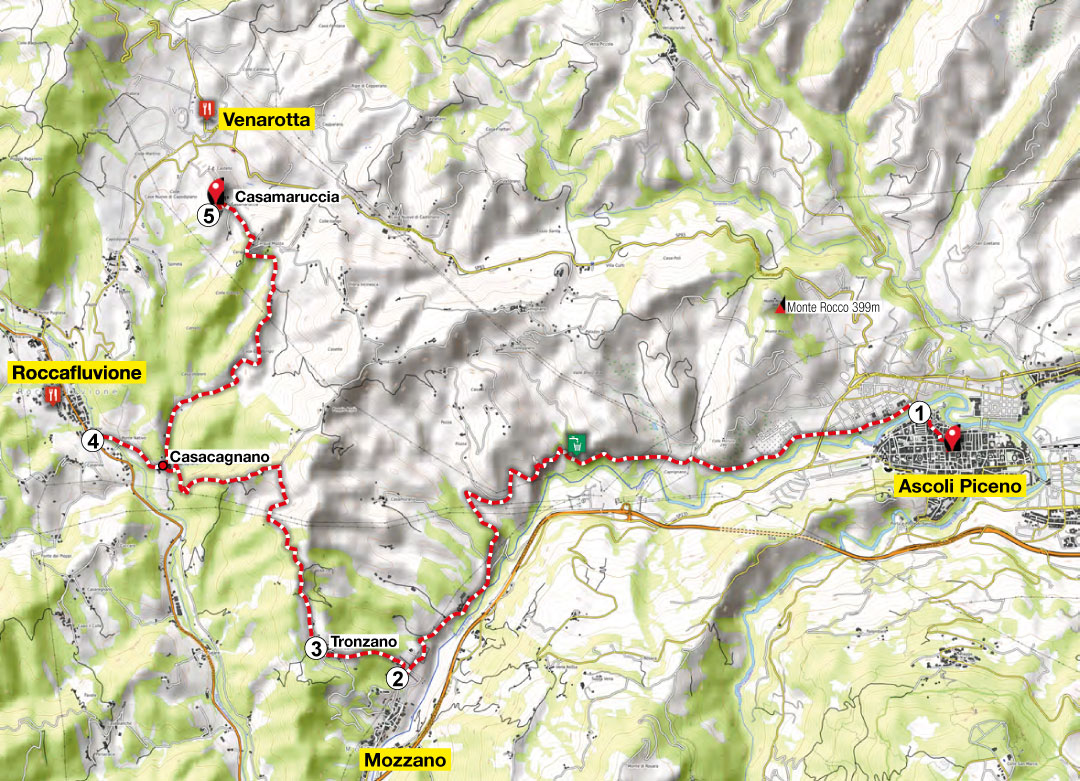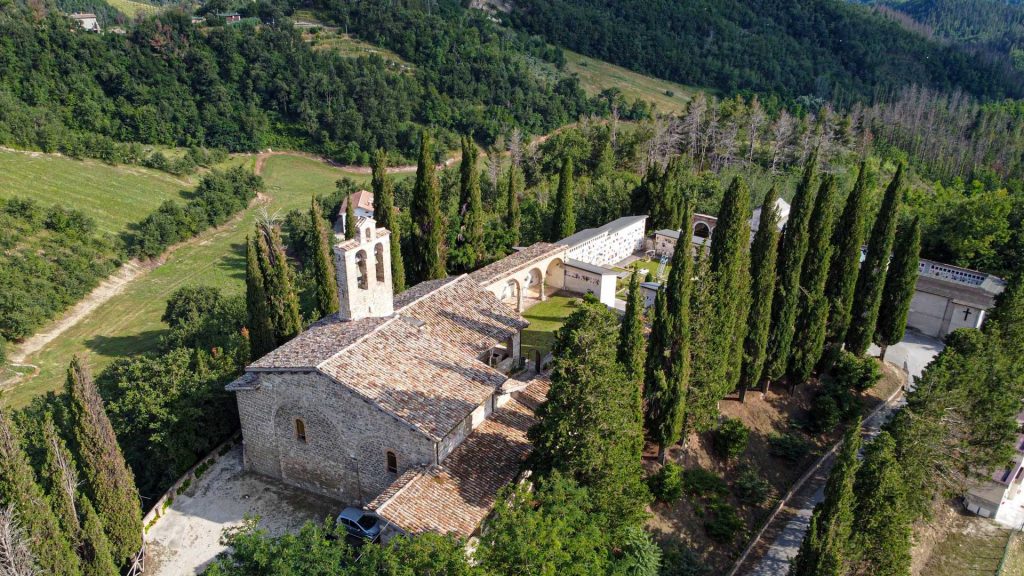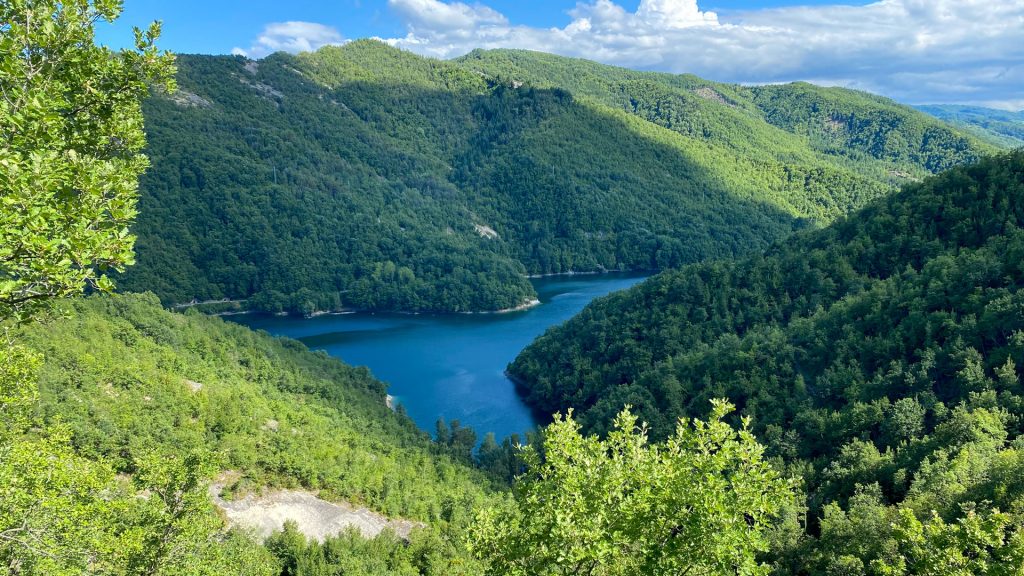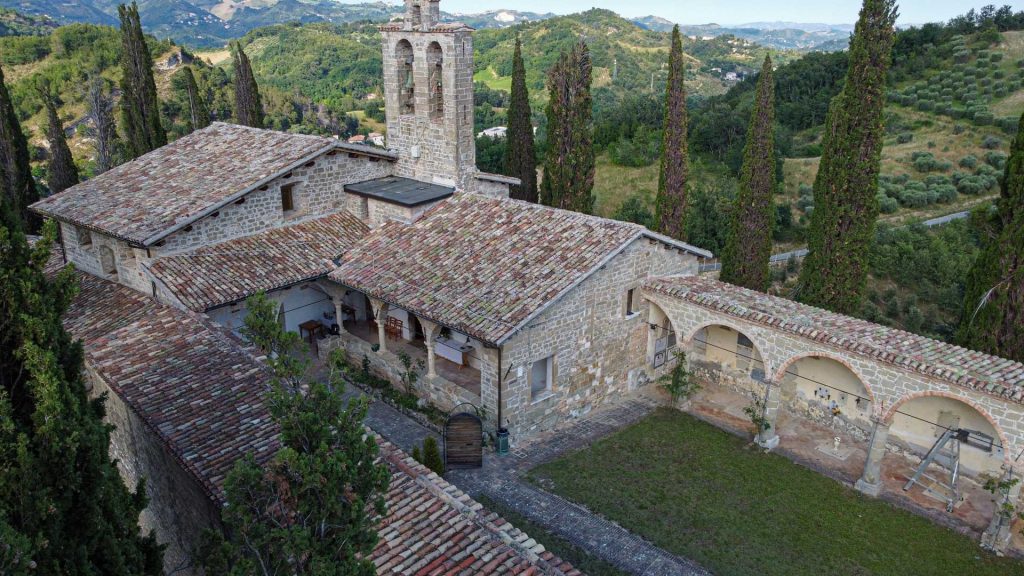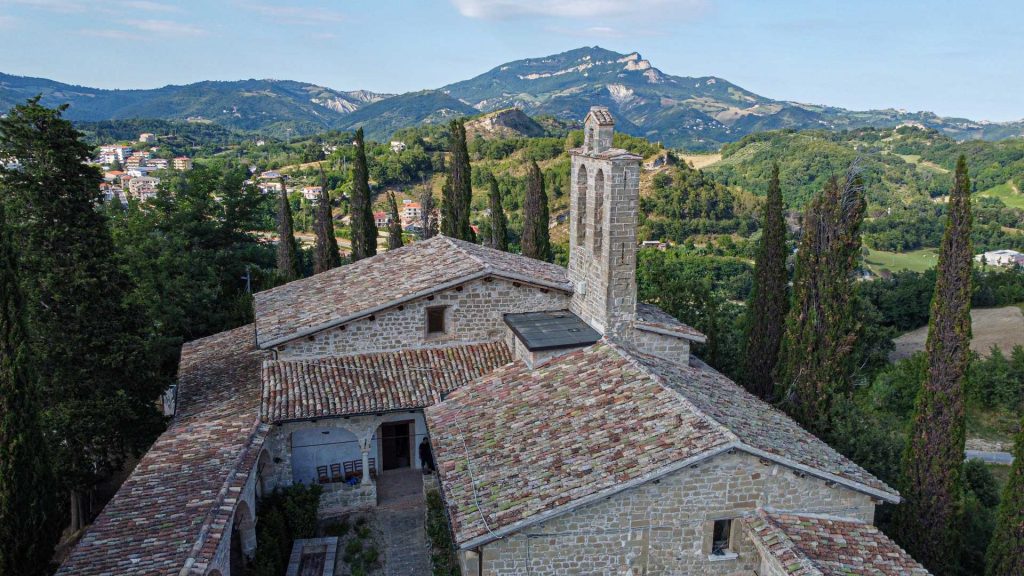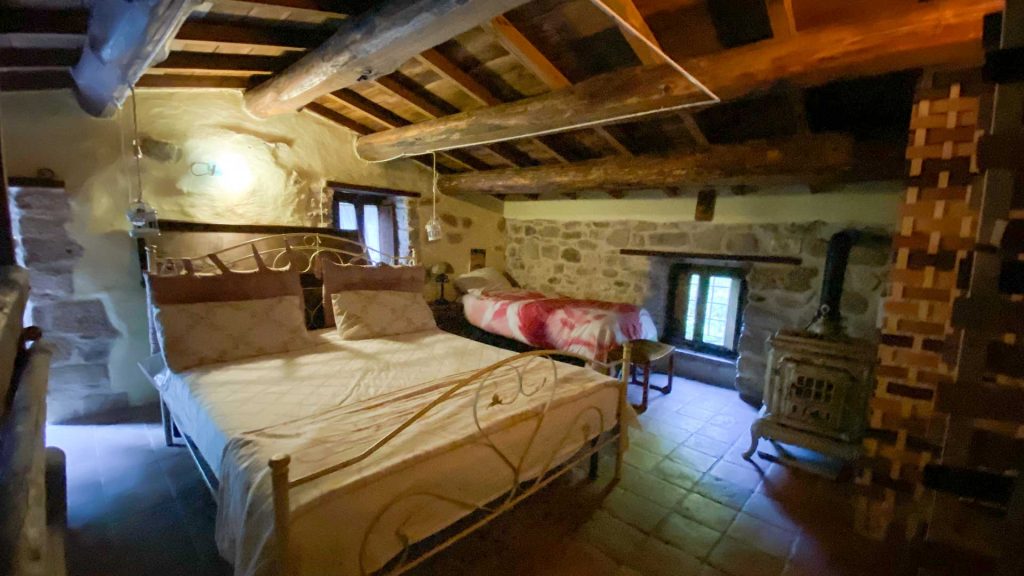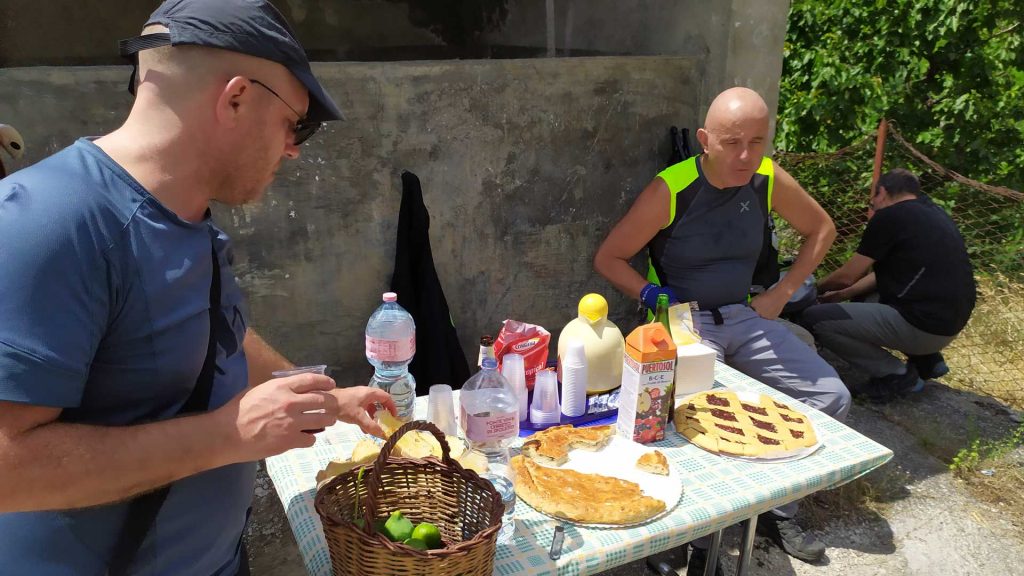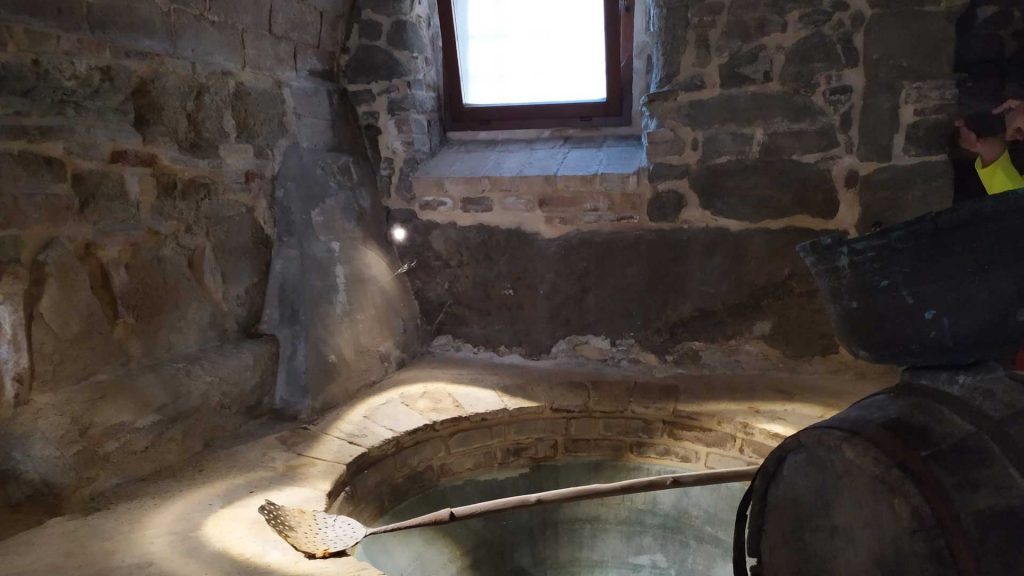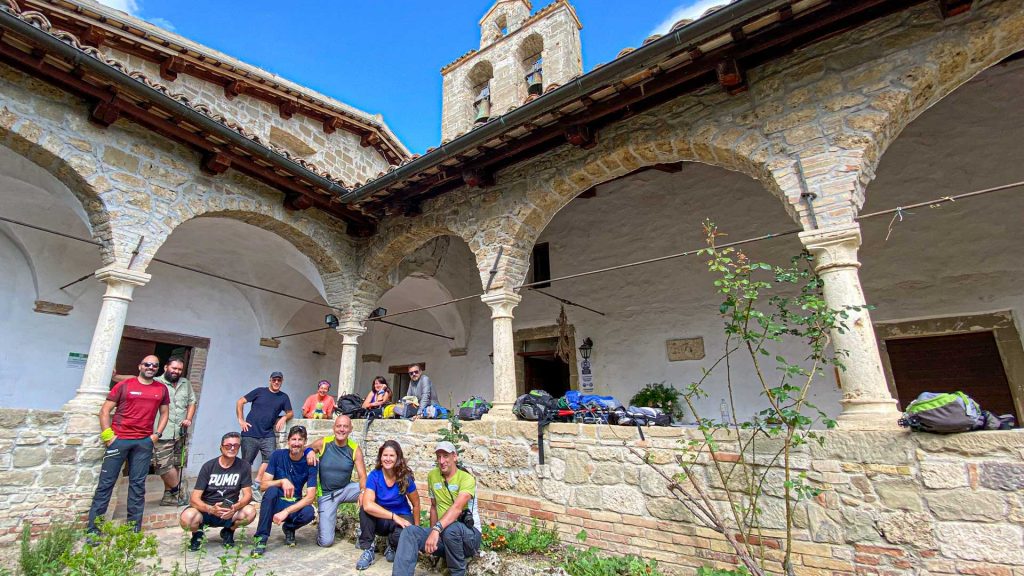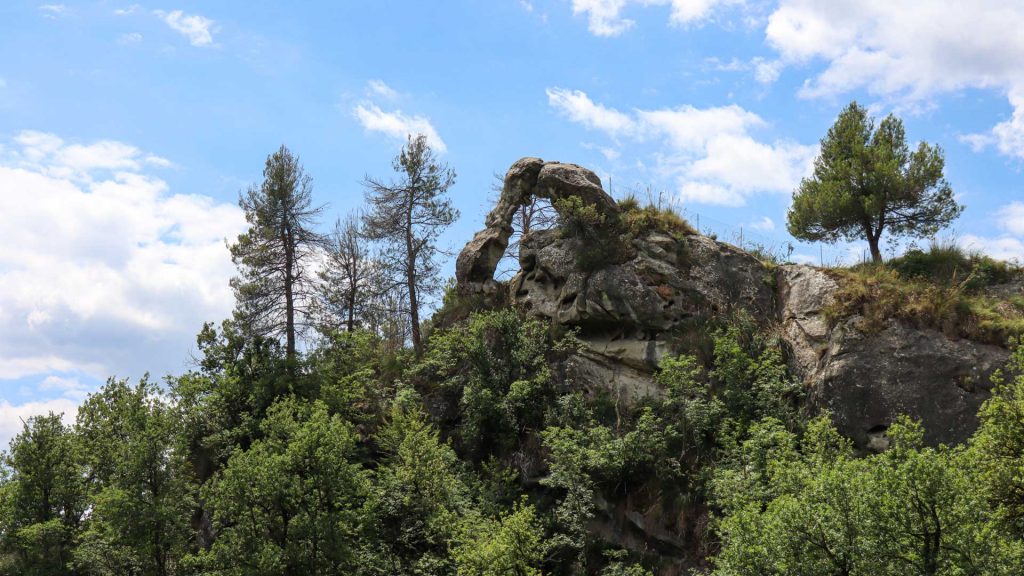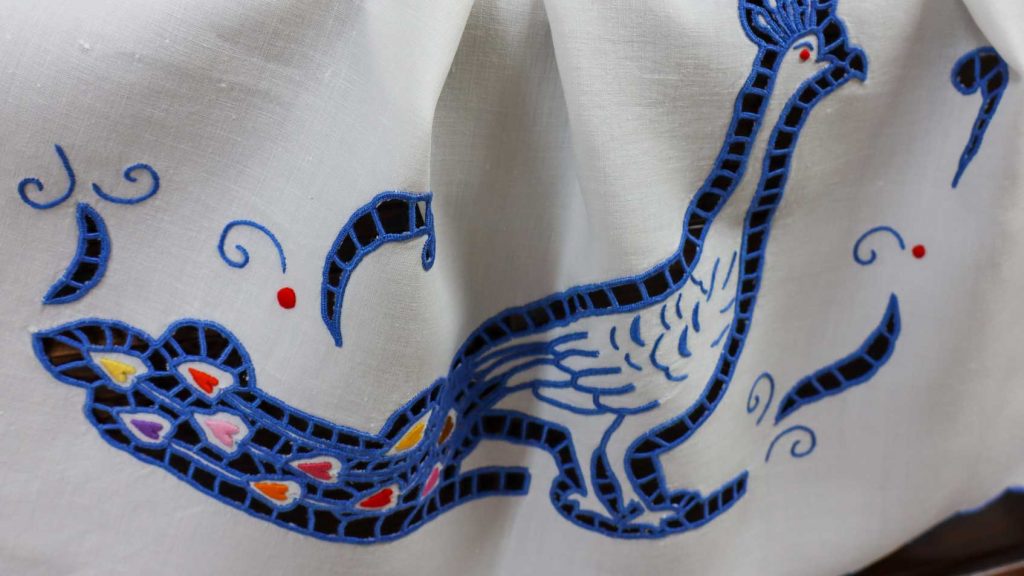The ancient capital of the Piceni preserves memories and monuments that are among the noblest in our country. A stone calendar with its pages chiseled into the local travertine.
ASCOLI PICENO
The ancient capital of the Piceni preserves memories and monuments that are among the noblest in our country. A stone calendar with its pages chiseled into the local travertine.
-
Ascoli Piceno
-
Borgo Castello di Mozzano
Contrada Castello - The oldest medieval agglomeration of the hamlet and the remains of an ancient fortress situated on the road leading to the small hamlet of Tronzano.
-
Ponte Nativo
A natural bridge along the banks of the Fluvione, one of the most
characteristic representations of the area’s historical identity. -
Convento di San Francesco
The church, with its adjoining convent – one of the first to be erected by the Franciscan order in the Piceno area – was probably founded by St. Francis himself. It underwent transformations in the 15th and 17th centuries, became property of the state in 1885, and again underwent a conservative restoration in the 1980s.
Length km
19
Time hrs
05:30
Max alt. mt
450
Difficulty
E
CONVENTO OF SAN FRANCESCO
The church, with its adjoining convent – one of the first to be erected by the Franciscan order in the Piceno area – was probably founded by St. Francis himself. It underwent transformations in the 15th and 17th centuries, became property of the state in 1885, and again underwent a conservative restoration in the 1980s.
- Depart from
Ascoli Piceno
- Arrive at
Venarotta
- Length
18,6 km (11.5 mi)
- Max altitude
450 mt (1476.3 ft.)
- Elevation gain
600 mt (1968.5 ft.)
- Elevation loss
310 mt (1017 ft.)
- Hiking time
5 hrs 30 min
PONTE NATIVO
Natural bridge along the banks of the Fluvione, one of the most characteristic representations of the area’s historical identity.
CONVENTO OF SAN FRANCESCO
The church, with its adjoining convent – one of the first to be erected by the Franciscan order in the Piceno area – was probably founded by St. Francis himself. It underwent transformations in the 15th and 17th centuries, became property of the state in 1885, and again underwent a conservative restoration in the 1980s.
